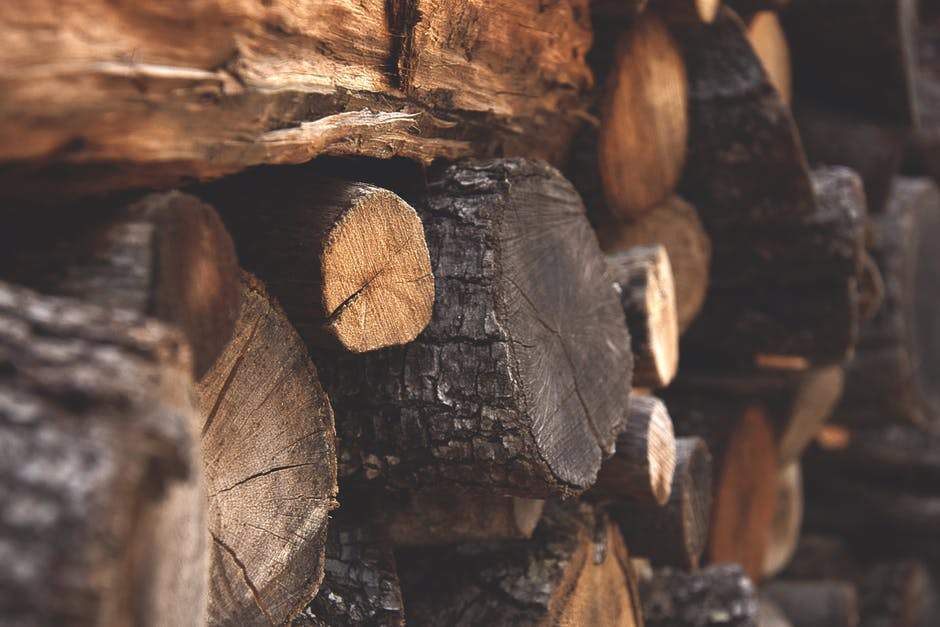
What Are the Different Types of Dark Wood?
There are four ways to identify wood: price, wood grain, durability, and color. Speaking of durability and color, did you know there are three classifications of wood? You can build with softwood, engineered wood, or dark wood.
Our article will focus on dark wood—specifically, the different types of dark wood and their uses. To learn more about dark wood, read on.
What Is Dark Wood?
Dark wood is, as the name suggests, wood that’s dark colored.
Most dark-colored wood is hard, but there are some softwood varieties like pine and rosewood. Conversely, not all light woods are softwood. For example, maple and oak are hardwoods but lighter in color.
A general rule of thumb is that dark woods are usually more durable and harder to damage. Meanwhile, lightwood is less stable and prone to dings and chips, but there are exceptions to these rules.
Dark wood is harder to scratch, but the damage is more visible. It’s also harder to stain dark-colored wood. Luckily, most look great with their natural coloring.
Types of Dark Wood
Dark wood is often used in furniture making. Durability and beautiful coloring make dark woods favored among woodworkers.
Brazilian Rosewood
Brazilian rosewood is a complex, weighty wood that comes in various colors ranging from brick red, brown, and blackish. Black-shaded Brazilian rosewood is often compared to ebony wood due to its color.
This wood is a favorite among musical instrument makers because the evenly cut wood produces a bright, metallic sound when hit. They use it to make guitar backs and sides, bassoons, and oboes.
Sandalwood
Sandalwood is native to China, India, Australia, the Philippines, and Indonesia. The wood is often dark grey, reddish or dark brown. People use sandalwood for furniture making and woodcarving.
This wood is harvested for its sandal oil, a base for medicines, soaps, perfumes, and cosmetics. Unfortunately, India’s enormous demand for sandalwood has begun to endanger the trees. As a result, an export ban is in place to conserve the species.
This wood has a fascinating past—learn more about sandalwood history here.
Gabon Ebony
Gabon ebony is a “true ebony” wood as it comes from the Diospyros genus. All ebony wood from any genera outside Diospyros isn’t real ebony.
You can find Gabon ebony in West Africa near the equator. Gabon ebony is characterized by its extreme hardness and jet-black color. The dark color makes it hard to distinguish the wood grain inside the timber.
Gabon ebony is resistant to insect and termite invasion. People also use this wood for high-quality furniture, musical instruments, and decorative items.
However, Gabon ebony is rare, expensive, and hard to work with.
Need a Handy Dark Wood Guide?
There are various types of dark wood, but the three above are interesting choices with multiple uses in woodworking and other applications. We hope you learned something about dark wood uses and picked up a few tips.
If you found this article interesting, there’s more informative stuff on our website. Browse our sections for more content.















